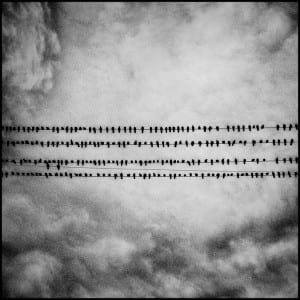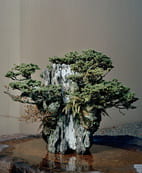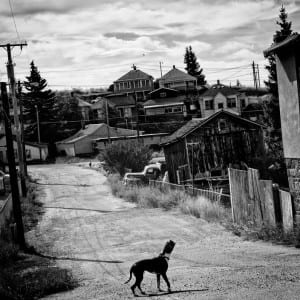While scrolling through the Magnum Website and observing various pictures, portfolios, and relevant historical data, there were a few themes that stuck out most to me. As well as two artist collections that captivated me.
One of the founders of Magnum, Cartier-Bresson, has a quote in the ‘about me’ section of the site that emphasizes that Magnum operates as a collective with a curious AND respectful attempt to expose what is happening in the world. Another theme that seems to be an integral part of Magnum’s projected image was the diverse range of images framed through multiple mentalities given the diversity of the members and collections within the collective. The Magnum founders and the Magnum collective today, seem intent on allowing their various, iconic, and well-done photos to speak for themselves and act as a documented moment and representation of a greater event.
All of the photographers and their work shown on the page is a testament to the diversity that Magnum prides of itself. Two stuck out particularly to me for personal and relative reasons. The first of which was Max Pinckers and his collaborative collection titles “Two Kinds of Memory and Memory Itself.” In the project description on the website, it seems that Pickers attempted to portray, through his documentations, specific stereotypes that Western cultures seem to associate with Japan in an alternative and aesthetic manner. By listing descriptions of specific images, Picker’s framing of the summary of the project led me to notice the (perhaps staged) image of Sumo wrestlers and the image of the “perfectly manicured” bonsai tree the most. However, I love Japan and seeing images of the country through the eyes of Pinckers was an awesome aesthetic and moving experience.
(I have no idea why these images are so small— sorry!)
The second photographer that stuck out to me the most was Matt Black and his project “The Geography of Poverty.” Black created a chart with demographics and statistics of the poverty levels within our very own United States. The reason this project caught my eye at first was the fact that Black started his project in my home state of California and then spread across the rest of the U.S.A.
I especially enjoyed the relationship between visual and quantitative data that Black was able to portray effectively through his collection. All of the images are aesthetically pleasing and photographed in black and white, adding to the somber idea of beautiful yet decrepit scenes.
One image that stuck out in particular to me was the image taken in Walkerville, MT in 2015. The population in this town is “675 and 39.4% live below the poverty level.” This photograph arrested me as I felt I had been transferred to an old Western ghost town complete with a lone dog and what appears to be an even dirt road littered with crumbling houses and overgrown shrubbery. However, Black was able to make something traditionally seen as a dilapidated town and frame/ capture the scene in a manner, which highlights its unique beauty.

USA. Tulare, California. 2014. Birds. Tulare has a population of 59,278 and 21.4% live below the poverty level.
The second image, which is still a part of the same collection, was taking by Black in 2014 in Tulare, California. This town has a “population of 59,278 and 21.4% live below the poverty level.” This image stuck out to me due to the pleasing aesthetic of symmetry. I also continue to wonder why Black chose to include such an image in this collection.



Leave a Reply
You must be logged in to post a comment.